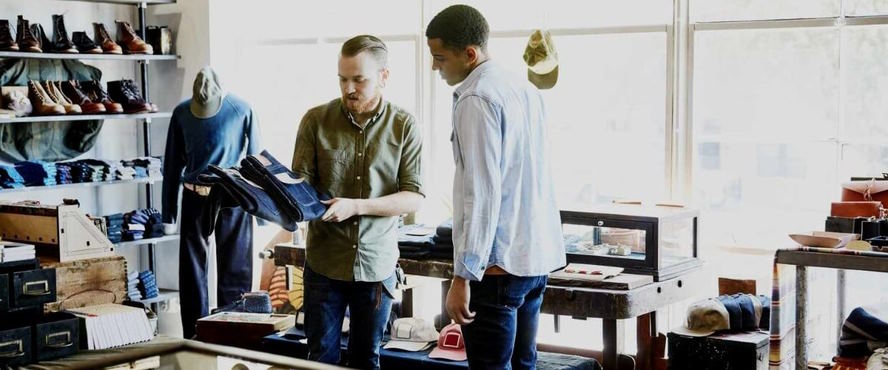Owning a store as a business can be both rewarding and challenging at the same time. A store has the potential to bring in significant income, but some risks come with being your boss and running a physical storefront. This blog post will discuss the advantages and disadvantages of having your own retail space to help you make an informed decision about whether owning a shop is right for you.
Advantages
Clarity
We all know what stores are and how they work. Sometimes people don’t want to do something if they don’t understand it. But with stores, it seems like there wouldn’t be any problems.
Ease of implementation of the idea
Most business processes have already been figured out. It is why, after a businessman opens one store, he opens a second store a few months later. In other words, there is no need to start from scratch or try something new here. Instead, you need to follow what has already been done, which will lead to success.
Ease of calculations
A retail store is a business where you sell things. You have the cost price of the goods, which is how much it costs you to buy them, and the trade margin, which is how much you charge people. To determine if selling something will make money, you have to calculate the projected revenue and subtract any current expenses. It will tell you how much profit you can potentially make.

Business Sustainability
Over the years, your store will become just a “paradise” for you. For example, open a point in a residential area and “acquire” regular customers. Then, it will be able to provide you with a comfortable life, even despite nearby competitors.
Disadvantages
High competition
The biggest downside. After all, a lot of people want to become the owner of their outlet. Every second entrepreneur wants to open a store in one area or another.
High start-up capital
Opening a store requires not only money to rent a space but also money to purchase goods as well as for advertising and other costs associated with starting a business.
The appearance of the remains of unsold goods
The rest of the products are also a minus. They are often formed in grocery stores and stores selling seasonal goods. The cost of the leftovers has to be included in the current cost, which leads to a drop in demand because the final price of the goods rises and people do not want to overpay.
Seasonality
Each thing people trade has a time when it is easy to sell and a time when it is hard to sell. For example, people buy a lot of building and finishing materials in the summer, but sales fall in winter. If you want to open a store, pay attention to this factor to choose something easy to sell all year.









